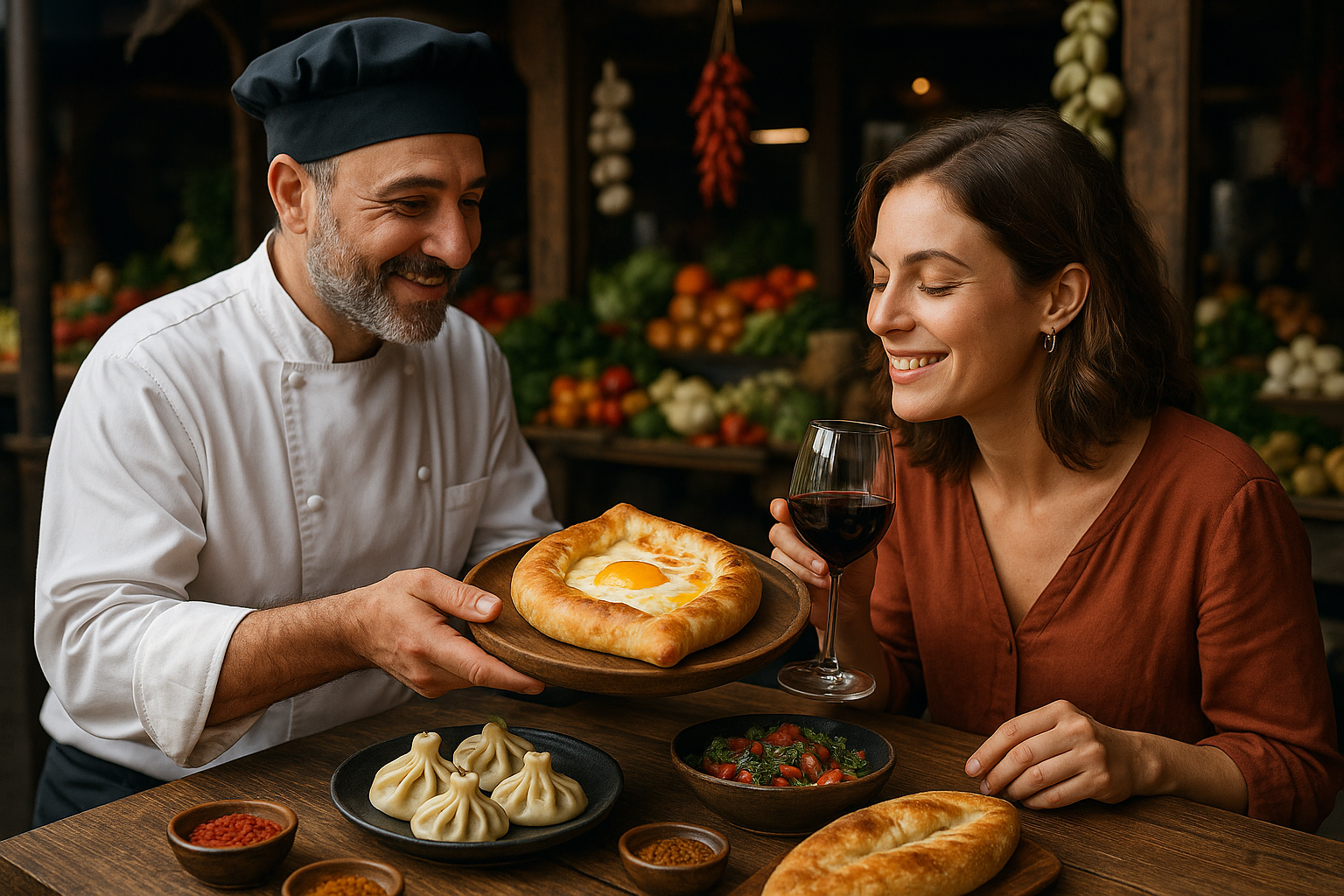Reconciling Taste and Value: How to Judge Price Against Quality
Understanding whether a meal is worth its price involves more than a glance at a menu or a star rating. This article outlines practical criteria critics and diners use to assess quality against cost, covering sensory evaluation, sourcing, service, and clear cost comparisons.

Evaluating taste against value requires a blend of sensory observation, context, and an awareness of real costs. Rather than treating price as a proxy for quality, critics and informed diners look for consistent execution across dishes, transparent sourcing, and how service and atmosphere contribute to the whole experience. This perspective helps separate genuine culinary investment—skilled technique, rare or local ingredients, careful plating—from marketing, location premiums, or inflated expectations. A measured critique combines tasting notes with menu analysis and disclosure of any potential biases or partnerships.
How should reviews shape expectations?
Reviews can set expectations when they focus on specifics rather than just scores. Look for critiques that describe tasting sequences, note repeated strengths or weaknesses across multiple visits, and explain how service or timing affected dishes. When reviewers outline flavors, textures, and balance, readers can better judge whether a similar palate or priorities will translate into perceived value. Reviews that include disclosure about complimentary items, media dinners, or special events provide necessary context for assessing whether a listed price reflects the typical guest experience.
How do restaurants justify pricing decisions?
Restaurants base prices on ingredient costs, labor, overhead, and the complexity of preparation. Seasonal or imported ingredients, specialized staff, and investments in ambience or equipment raise costs. However, prices sometimes reflect rent, brand positioning, or convenience rather than superior execution. A fair critique examines whether menu descriptions and sourcing claims are supported by the plate: does the portion size, quality of ingredients, and level of technique align with the price bracket? Understanding these components helps separate perceived value from marketing.
What to watch for on the menu and during tasting?
The menu is a promise: clear sourcing notes, seasonal markers, and cooking methods indicate transparency that can justify higher prices. During tasting, evaluate seasoning, temperature, textural contrasts, and flavor clarity. Plating should enhance aroma and anticipation without sacrificing accessibility. Keep organized tasting notes—describe each dish’s dominant flavors, balance, and any off-notes—to compare how the meal tracked against expectations set by the menu and reviews. This practice supports an evidence-based critique rather than an emotional reaction.
How do flavors, sourcing, and authenticity influence value?
Ingredient provenance and authentic technique can materially affect both flavor and cost. Local or sustainably sourced produce often tastes fresher but can be more expensive; similarly, authentic regional techniques may require specialized labor. Value is created when sourcing and technique improve sensory outcomes—cleaner flavors, nuanced spice layering, or textural precision—rather than serving as marketing language. Critics should document sensory evidence of authenticity (for example, spice balance or texture consistent with a cuisine) to judge whether higher prices reflect genuine culinary investment.
How do plating, service, and atmosphere affect perceived value?
Plating, service, and atmosphere complete the dining equation. Thoughtful plating can enhance aroma and texture recognition; well-paced service highlights tasting sequences; and an appropriate atmosphere supports enjoyment rather than distracts. These elements represent real costs and can justify premium pricing when they meaningfully improve the meal. Disclosure of collaborations, special sourcing, or guest chefs is also relevant, since these can temporarily elevate costs and expectations and should be noted in a full critique.
Real-world cost and pricing insights
Understanding typical price points helps place a dining experience into context. Below is a concise comparison of common dining options and their estimated price ranges to illustrate how cost, service level, and menu complexity generally align. These entries reference widely known providers and represent typical examples rather than exhaustive data.
| Product/Service | Provider | Cost Estimation |
|---|---|---|
| Quick-service meal (burger, fries, drink) | McDonald’s | $6–10 |
| Fast-casual entrée (bowl or burrito) | Chipotle | $8–12 |
| Casual dining entrée with starter or dessert | Olive Garden | $12–25 |
| Casual-upscale entrée with shared starters | The Cheesecake Factory | $15–30 |
| Fine-dining tasting menu (multi-course) | Eleven Madison Park | $295–335+ |
Prices, rates, or cost estimates mentioned in this article are based on the latest available information but may change over time. Independent research is advised before making financial decisions.
Conclusion
Reconciling taste and value is an exercise in measured observation: combine detailed tasting notes with transparent menu and sourcing information, consider service and atmosphere as part of the delivered product, and consult reliable reviews that disclose context. Using real-world pricing benchmarks helps set realistic expectations, while consistent sensory evidence—clean flavors, precise execution, and honest presentation—remains the clearest indicator of whether a price aligns with quality.




